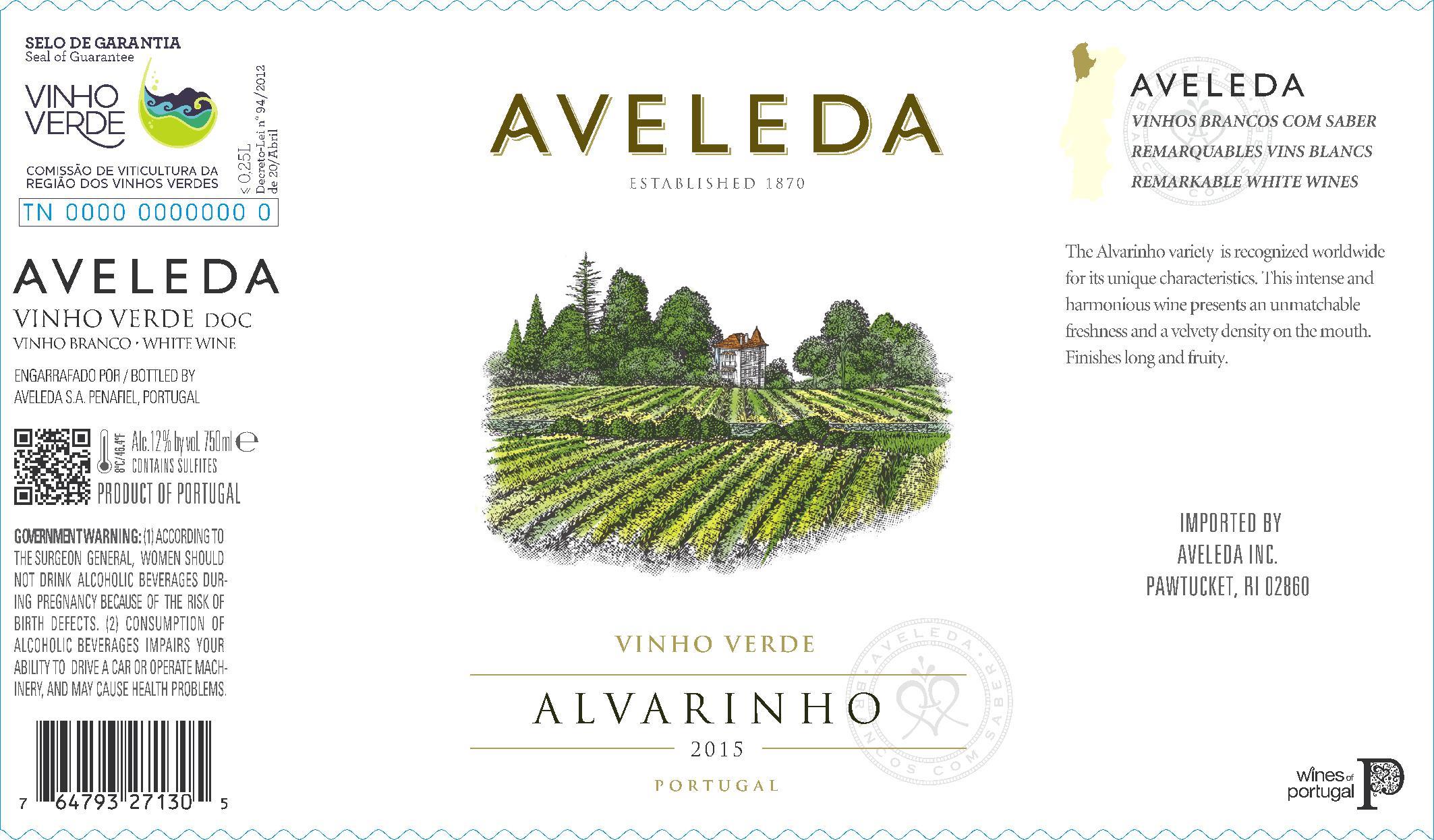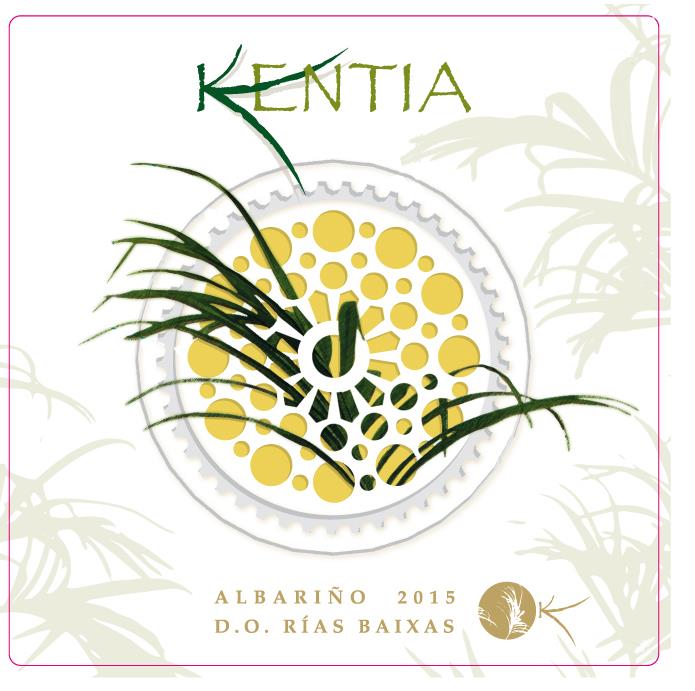Fun To Say, Fun To Drink: Albariño
Time to get to know another grape, people! I realize I have been sticking to white wines in this lately, but it's what I have been tasting lately and the wines have been delicious. You just need to know about them.
I don't know if the sentiment has been as heavy as it has a few years ago, but there is a faction of wine drinkers who are in the ABC Club...Anything But Chardonnay. As always, I will be honest with you...I couldn't stand Chardonnay in my early wine-drinking days. My first encounter was an inexpensive California Chardonnay that was full-bodied, low in acid, and so over-oaked it was like sucking on a Werther's Original Hard Candy. No thanks...I became an ABC drinker.
Al Barino, used car salesman.
Of course, over time I learned to get over this and I have styles of Chardonnay I enjoy, but there are still plenty of ABC drinkers out there. One alternative that has often been recommended for this crowd of Chardonnay-haters is Albariño (ahl-bah-REE-nyoh...not "Al Barino", who sounds like a dude trying to sell you a clunky used car). What is it about this grape that makes writers sing its praises to ABC drinkers, and why do ABC drinkers seem to enjoy it?
Albariño: the tasty Spanish white grape. Not a used car salesman.
Albariño is a variety native to the Iberian Peninsula, though Spain's Galicia region is responsible for the majority of worldwide production. This is known as "Green Spain," where rainfall is higher here than any other Spanish wine zone. Albariño evolved to have thick skins to resist the potential for rotting grapes, so resulting wines can have some texture and body to it along the lines of Chardonnay. Its aromas are also more assertive than Chardonnay's, showcasing a citrus and floral component along with peaches and apricots that are more reminiscent of a dry Riesling. In fact, there is a theory that Albariño is indeed a clone of Riesling, whose name is taken from Alba (white) and Riño (from the Rhine, a major German river).
Your subzones of Rías Baixas. Image credit: Rías Baixas Wines.
When Albariño was awarded DO status (a protected demonination of origin), Spanish law says you can't name a DO after a grape variety, so you find Albariño made under the name "Rías Baixas," a specific zone within the Galicia region. Within Rías Baixas, distinct "terroirs" emerged, where Albariño shows itself differently in these micro-regions within Rías Baixas. For instance, Val do Salnés is cool and wet, so a mineral and herbaceous flavor may result. Condado do Tea gets hot during the growing season, leading to fuller, softer, tropical fruit-flavored wines.
Additionally, note that Albariño is also called Alvarinho in Portugal, most notably in the wines of Vinho Verde, just over the Minho River (pictured above on the map). The Portuguese version is definitely a wine to try, and can sometimes be found for a few dollars less than the Spanish expression. Albariño's best food partners are seafood: shrimp, scallops, crab, and lobster all come to mind.
No matter which section of Iberia you choose to explore, Albariño is worth seeking out, whether you are part of the ABC crowd or not. Here's a flight of three to taste and compare if you are feeling daring!
Orowines Kentia Albariño ($14): Lemon, melons, and tropical fruits. Very fruity and balanced and a great way to introduce yourself to Albariño.
Legado del Conde Albariño ($16): Very intense grapefuit and fresh green herbs on the nose, yet fuller-bodied than the Kentia.
Aveleda Vinho Verde Alvarinho ($13): Orange and lemon zest with floral notes. Citrusy on the palate with just a touch of stone fruits and mango.





